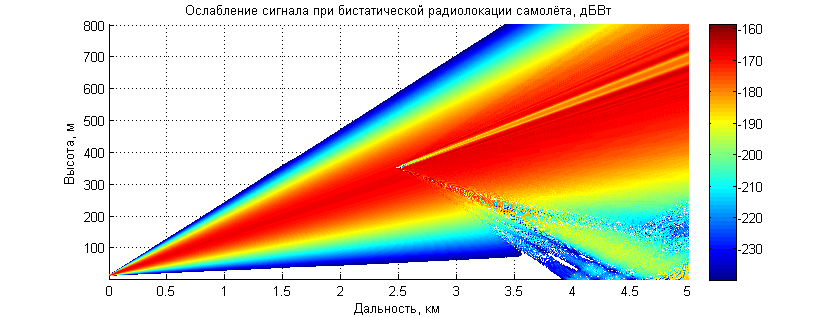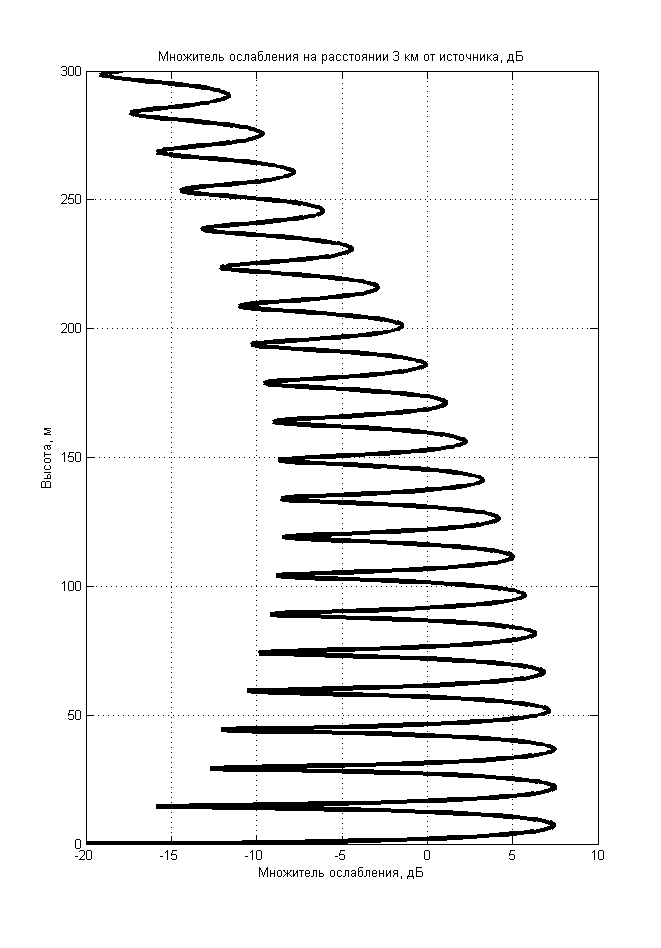Software/Hardware Complex VHF Signal Properties Prediction for Ground, Sea and Air Paths

Description
The complex is designed to facilitate:
- control the radiometeorology of the radio signal propagation path,
- assessment and prediction of statistical characteristics of radio signals,
- prediction of the range of radio and radio-location observability of radio sources, transmission range, disruption of radio signal trajectory due to atmospheric inhomogeneity,
- signal imitation for testing of algorithms and programs designed for signal processing devices.
Specifications
Minimum input data for prediction:
- operation frequency and transmitting antenna parameters (wavelength of 3 m to 3 cm; width of the receiving beam of transmitting antenna 0.1-20°),
- parameters of signal propagation medium,
- matrix of heights and electrical characteristics of the terrain
- Typical calculation time for a standard computer is within 5—15 minutes for paths of up to 250 km and a wavelength of at least 3 cm
- Accuracy of signal loss assessment is 4-5 dB
Advantages
- A source of information about the propagation medium was selected (sounding apparatus, the internet, ITU recommendations, radioclimatic atlases, including proprietary developments of TUSUR)
- Calculation methods were selected (approximate rapid methods or accurate numerical methods based on a parabolic wave equation, and their combinations)
- Assessment of radio source properties based on the received signals
Application
The complex can be integrated into the following systems, both for civil and military purposes:
- centralized telecommunications control systems, electronic intelligence, radar ranging and radio monitoring systems,
- mobile surveillance systems on aircraft, ships and surface facilities,
- signal prediction systems for ground, sea and space paths.

